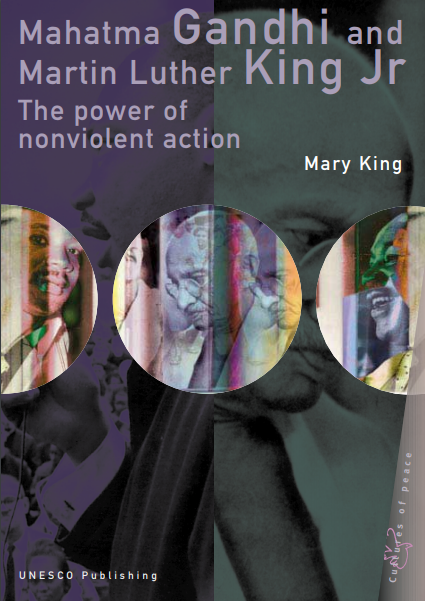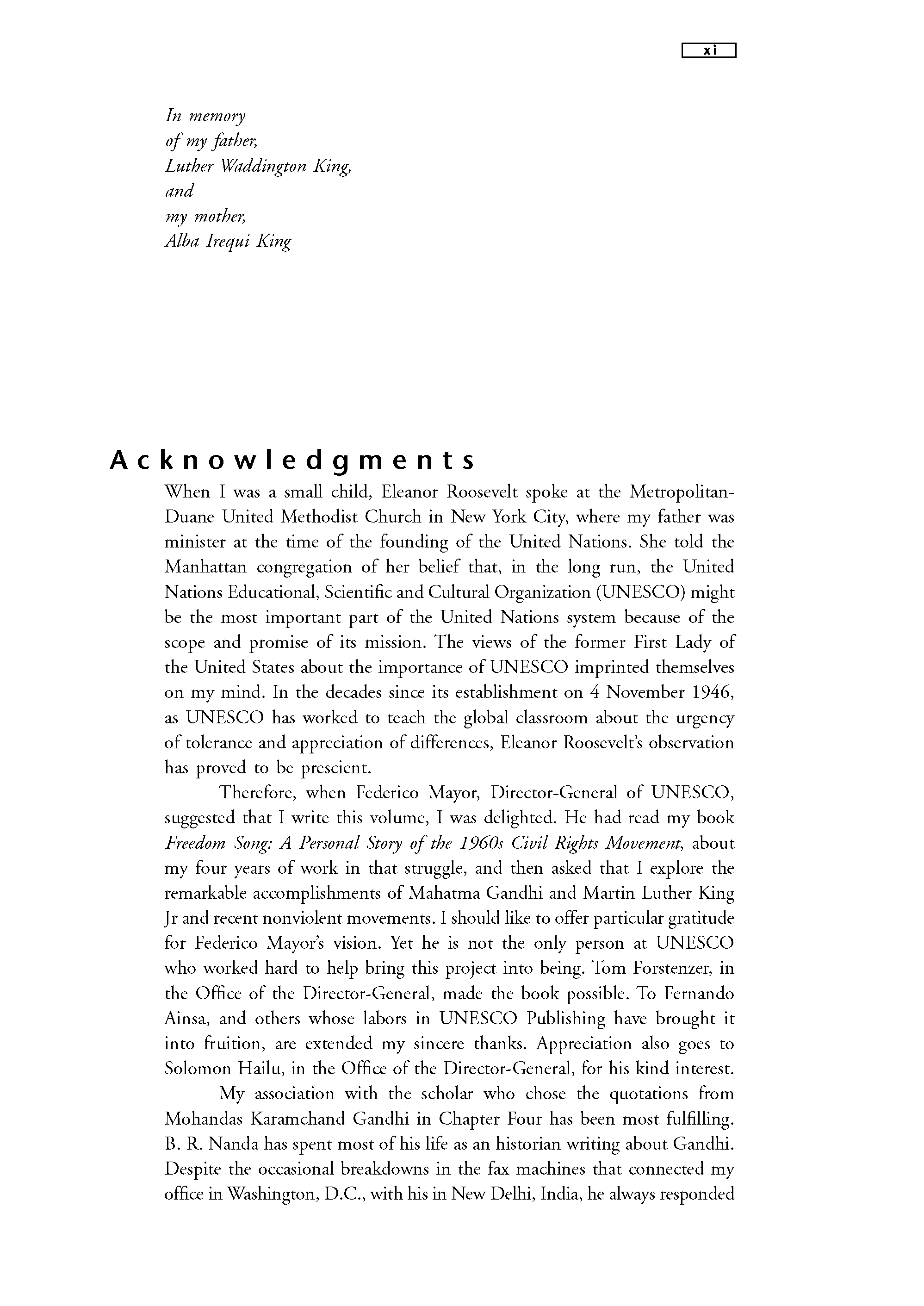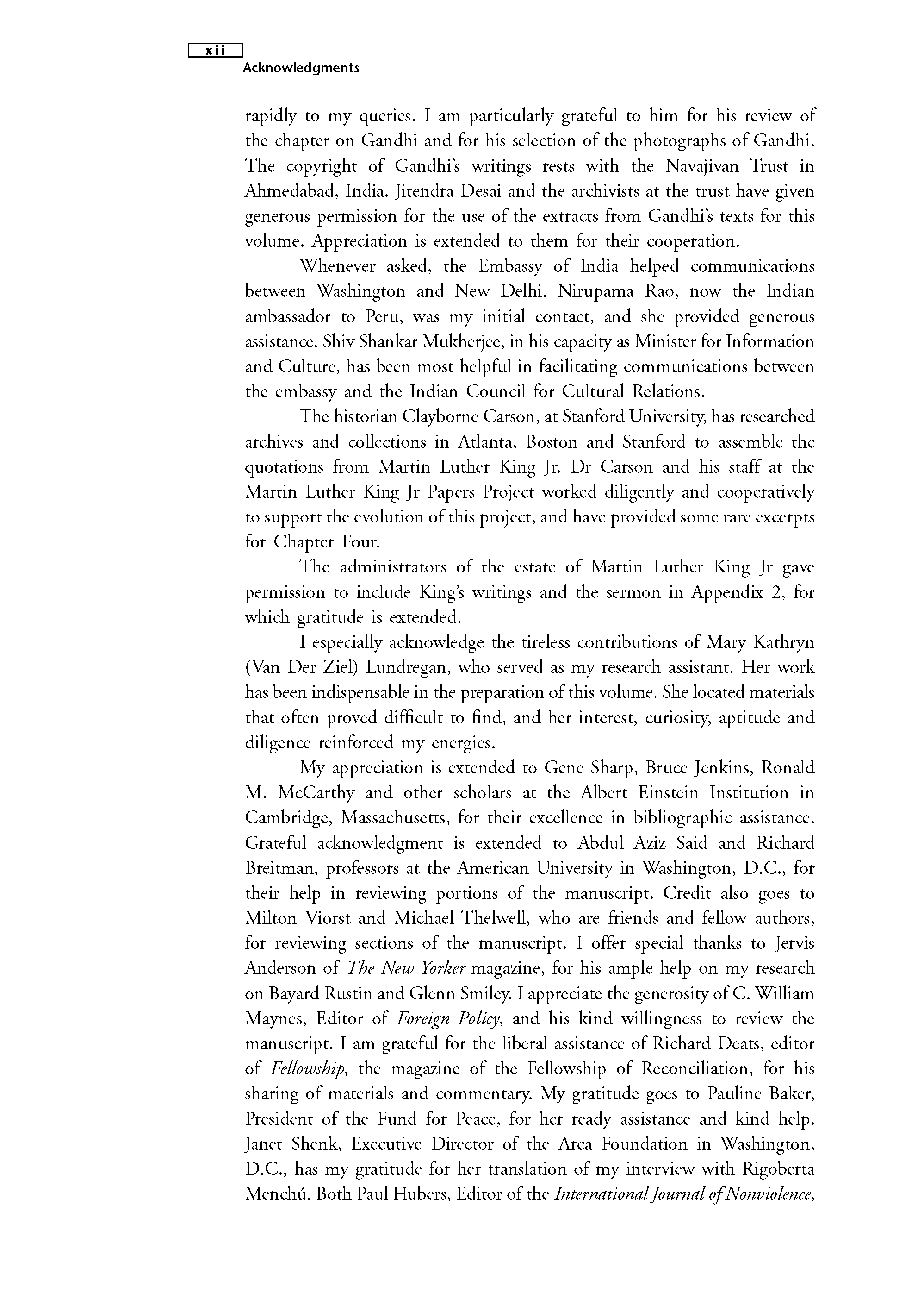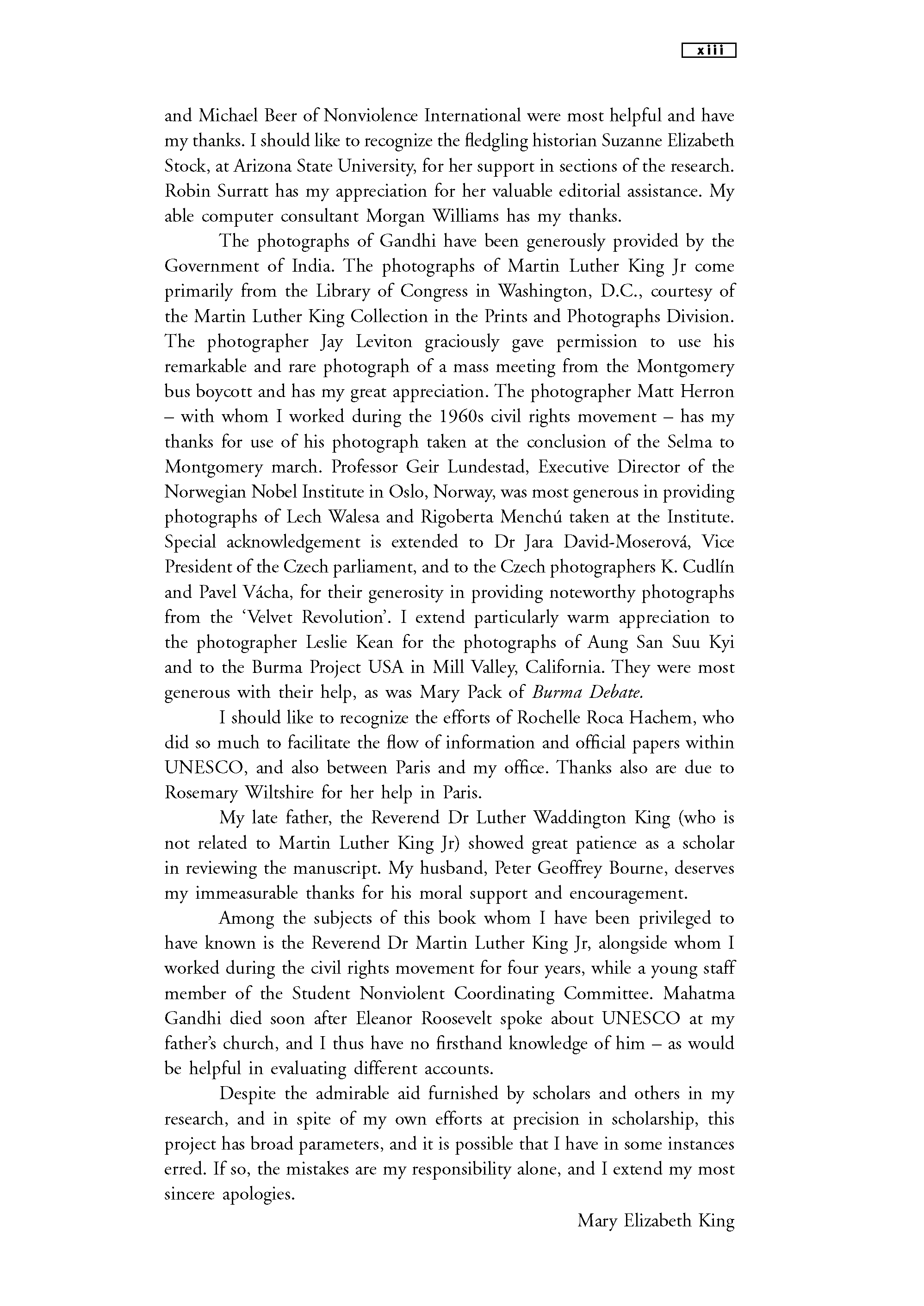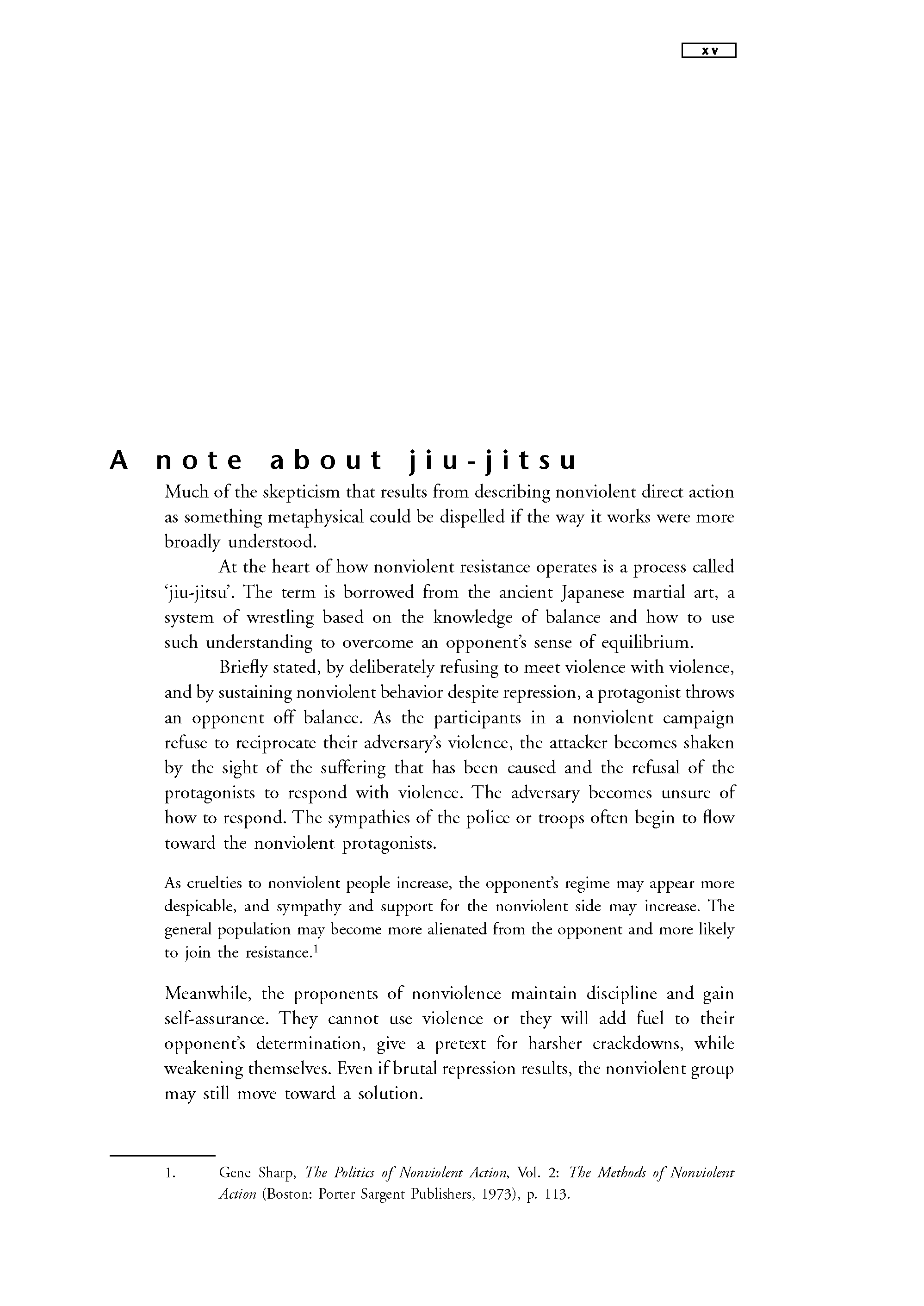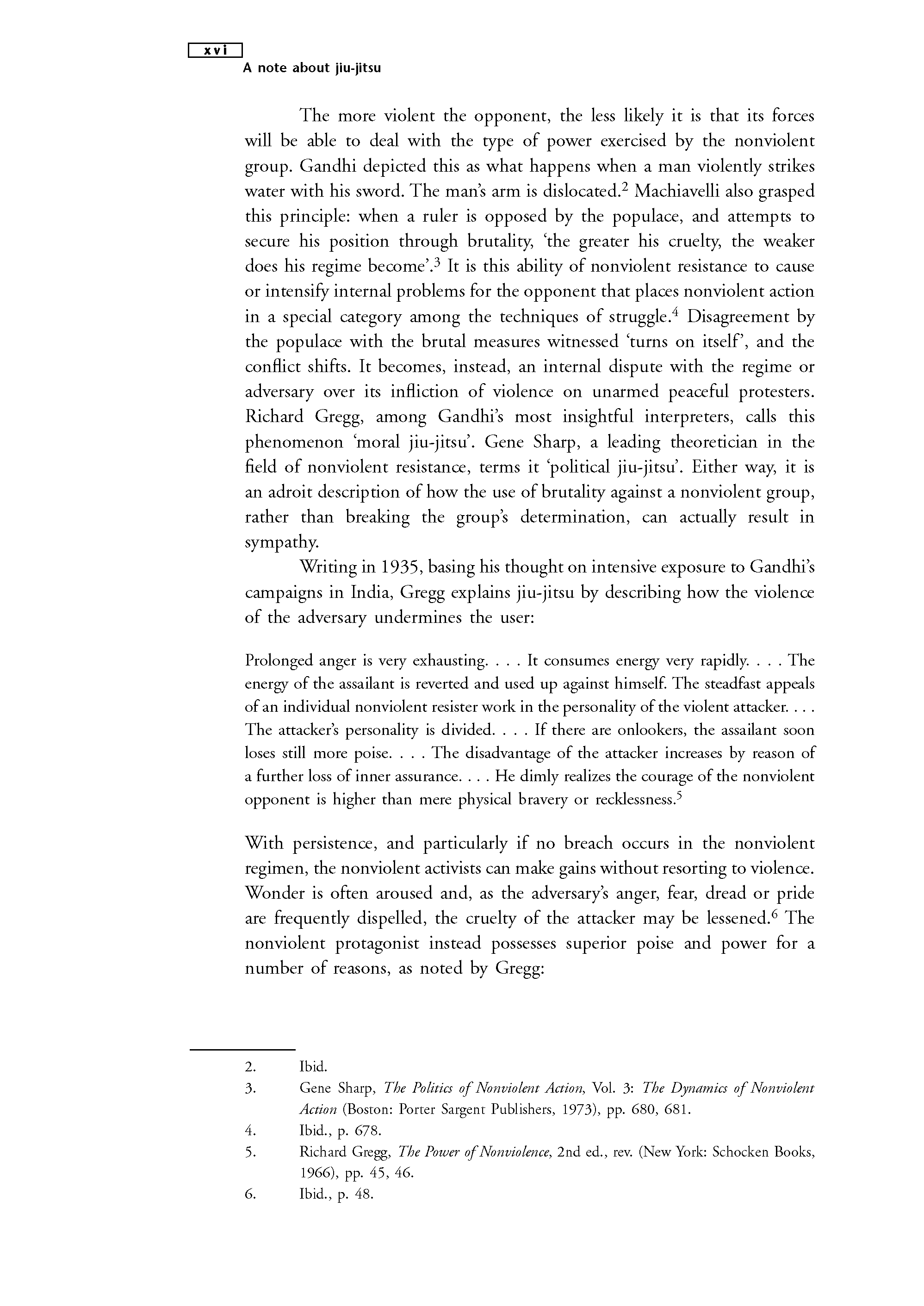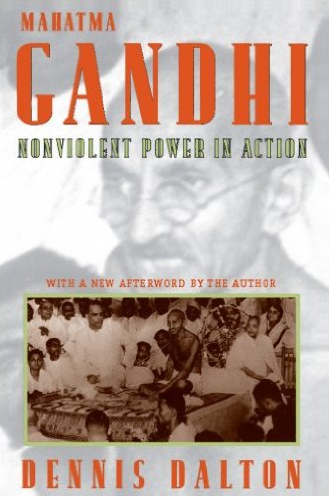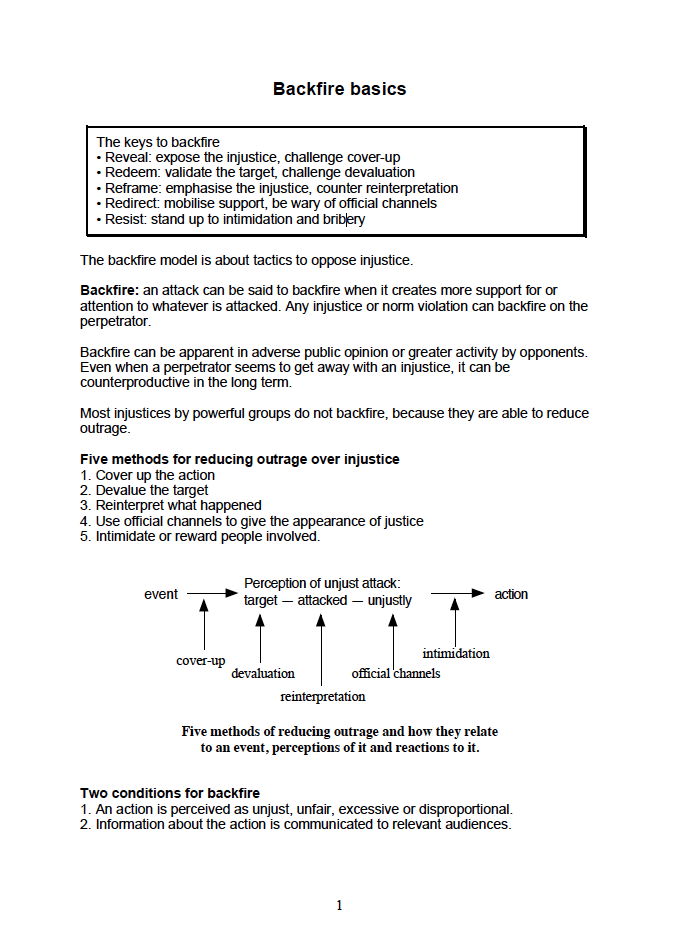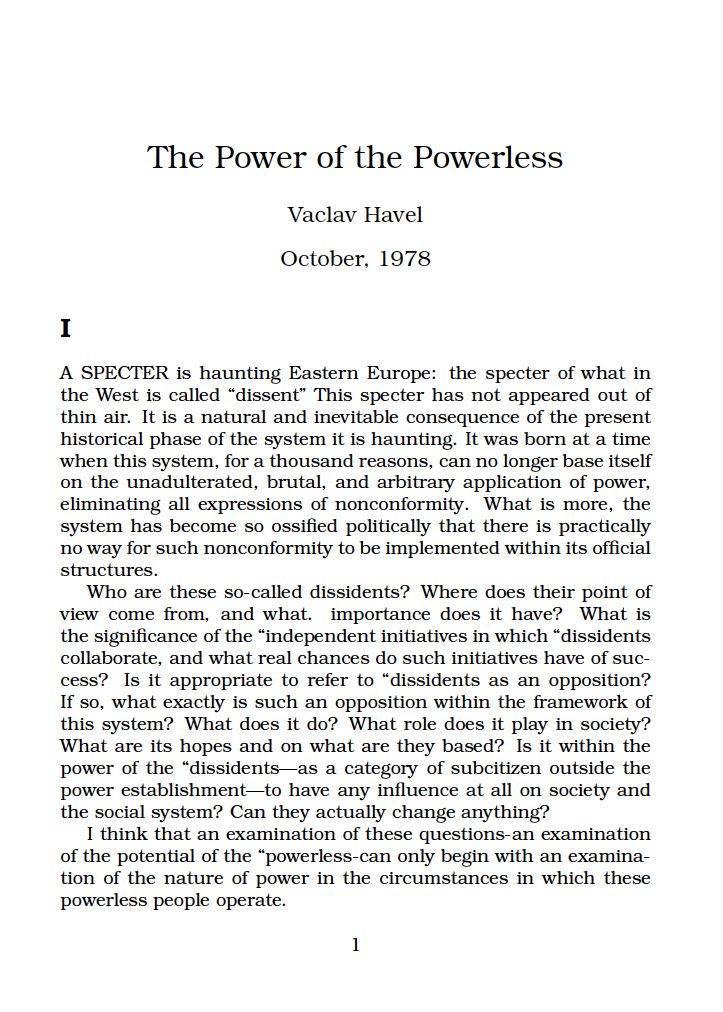Mahatma Gandhi and Martin Luther King, Jr.: The Power of Nonviolent Action
Some time ago, when I asked Mary King to prepare this book as a UNESCO project, my overriding concern was to share the message of nonviolence with today’s readers, particularly the young. Indeed, as a young woman, Mary King lived nonviolence in the American civil rights movement of the 1950s and 1960s. Recent events around the world, as admirably documented here, show the continued relevance of nonviolence at the end of this most violent century in human history.
The examples of Mahatma Gandhi and Martin Luther King, and of those who follow and adopt their teachings today, are crucial to UNESCO’s constitutional commitment to build the defenses of peace in the minds of men and women everywhere. Where else but in our minds and hearts can we find the resourcefulness to break the cycle of war and violence that has characterized history until now – what I call the Culture of War’ – and build a Culture of Peace’?
A culture of peace is anything but a culture of passivity. Nonviolence is a strategy for action, not inaction, and certainly not docility. It is forthright, courageous, disciplined, assertive and, as we all too often forget, remarkably successful. It is based on big ideas and overarching ethical imperatives communicated for all to see, in everyday gestures: Gandhi walking to the sea and silently picking up a grain of sand, Rosa Parks staying seated on her Montgomery bus, Martin Luther King and thousands of others walking to work in the famous bus boycott. A culture of peace is an everyday, active commitment to free expression, to caring for our neighbors and sharing our ideals and dreams with them.
This is what Gandhi and King teach us. This is what their fate forces us to conclude: they were threats to social and political orders based on injustice and violence. Their nonviolence and messages of freedom and love forced change, not only in external laws and systems of governance, but in the minds of men and women. And their ideas drew strength from the very tragedy of their deaths.
UNESCO celebrates these two great figures who, in the clamor of our war-torn century, quietly spoke truth to power calmly, bravely and effectively. For it is also true that this century has seen the birth of political nonviolence as a new force for change, for democracy, for justice and for peace.
When UNESCO’s founders wrote of the need for the intellectual and moral solidarity of mankind in the pursuit of freedom, justice and democracy, they were offering the force of ideas against the idea of force. That is why it is so important to understand from this book that the Culture of Peace has a history and, most importantly, a future. (Frederico Mayor, Director-General of UNESCO)
UNESCO, March 1, 1991 (Cultures of Peace)
ISBN-13: 978-9231034312 (paperback)
